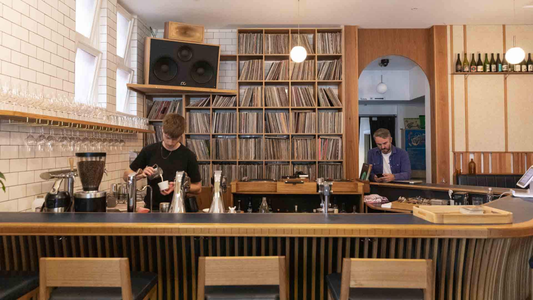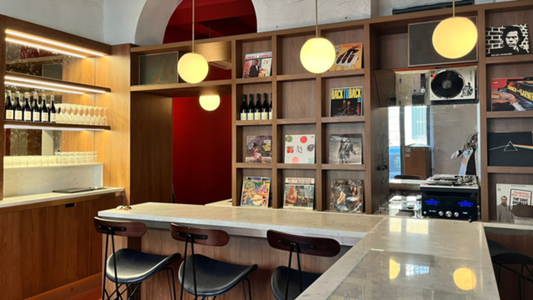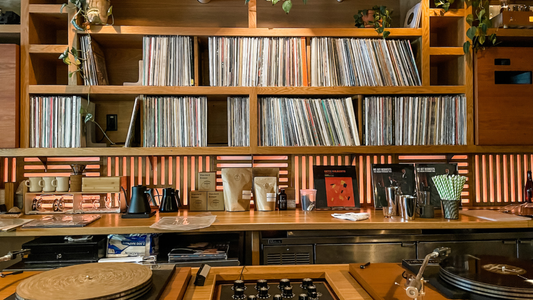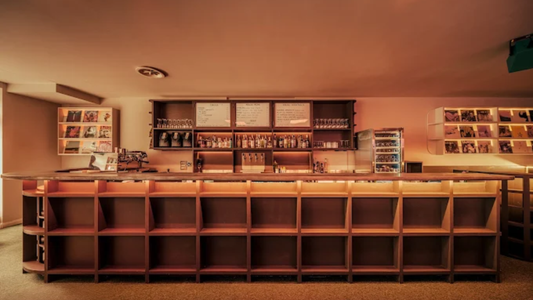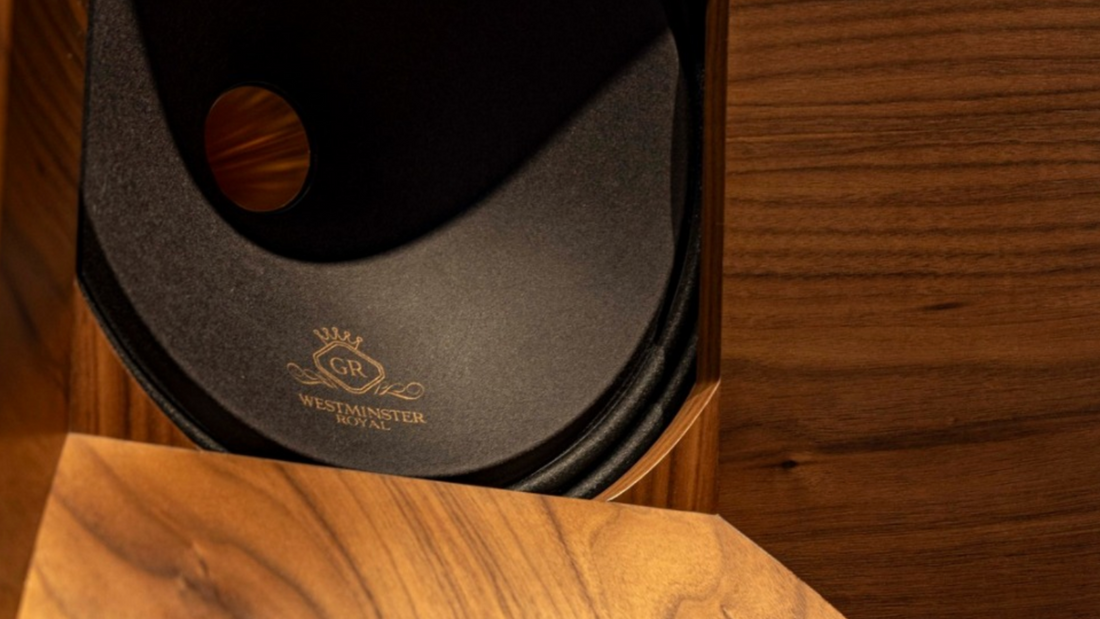
The Geometry of Sound: Why Speakers Matter More Than Playlists
By Rafi Mercer
We live in a culture obsessed with playlists. Thousands of them, endlessly shuffled and skimmed, each promising the perfect soundtrack for every mood. Yet the truth is that the device through which we listen often shapes the experience more profoundly than the songs themselves. A speaker is not neutral. It bends sound, sculpts it, throws it into the room with a particular geometry. In a listening bar, where speakers are chosen with near-religious devotion, this truth becomes impossible to ignore.
Think of it this way: music is not just a sequence of notes, but a spatial event. A double bass resonates downward, a trumpet projects forward, cymbals scatter light like water. A well-designed loudspeaker preserves this geometry, translating the physical act of performance into the air of a room. A poor one flattens it, leaving everything in the same dimension, like a photograph without depth.
That is why so many listening bars treat their systems as sculpture. At JBS in Tokyo, shelves of vinyl are paired with speakers that tower like monuments, filling the narrow room with presence. At Brilliant Corners in London, Klipschorns nestle into corners, their horn-loaded design throwing sound into the space with architectural sweep. In Brooklyn’s Public Records, the system is tuned as carefully as the cocktail list, each frequency adjusted until the room itself sings.
Playlists change daily; speakers endure. They carry their character from record to record, imprinting a signature on everything you hear. A system heavy on warmth makes Bill Evans sound intimate, close; one with crystalline treble makes Philip Glass shimmer like glass itself. In this way, speakers become instruments in their own right.
It is easy to forget this when listening through earbuds, where sound is collapsed into proximity. But step into a room with large-format speakers, and you discover a different truth: that sound has weight, scale, direction. You don’t just hear a record; you enter it. You walk through its architecture, noticing shapes and details that a playlist alone cannot provide.
This is why the geometry of sound matters more than the curation of songs. A playlist might offer the right selection, but only a speaker can reveal the depth of what’s there. It is the difference between reading a list of ingredients and tasting the dish. One gives you names; the other gives you flavour, texture, body.
So next time you find yourself adjusting a playlist, consider adjusting your room instead. Move the speakers, change the angle, experiment with the surfaces around them. You’ll find that the same music suddenly carries different dimensions. In the end, the art of listening is not about adding more songs, but about giving the ones you already love the space to breathe.
Rafi Mercer writes about the spaces where music matters. For more stories from Tracks & Tales, subscribe, or click here to read more.
